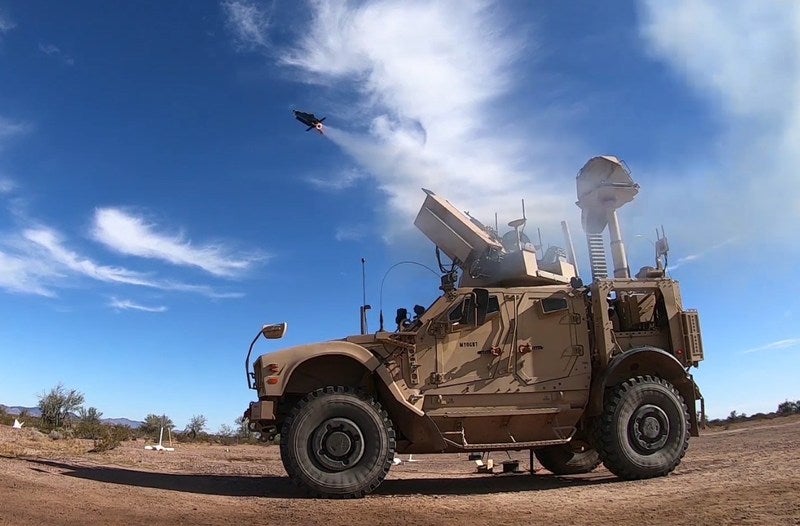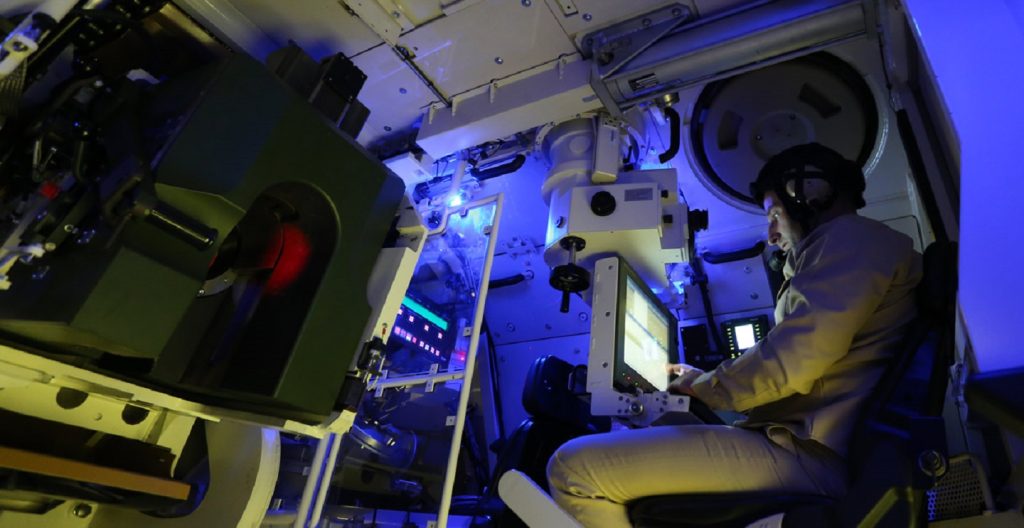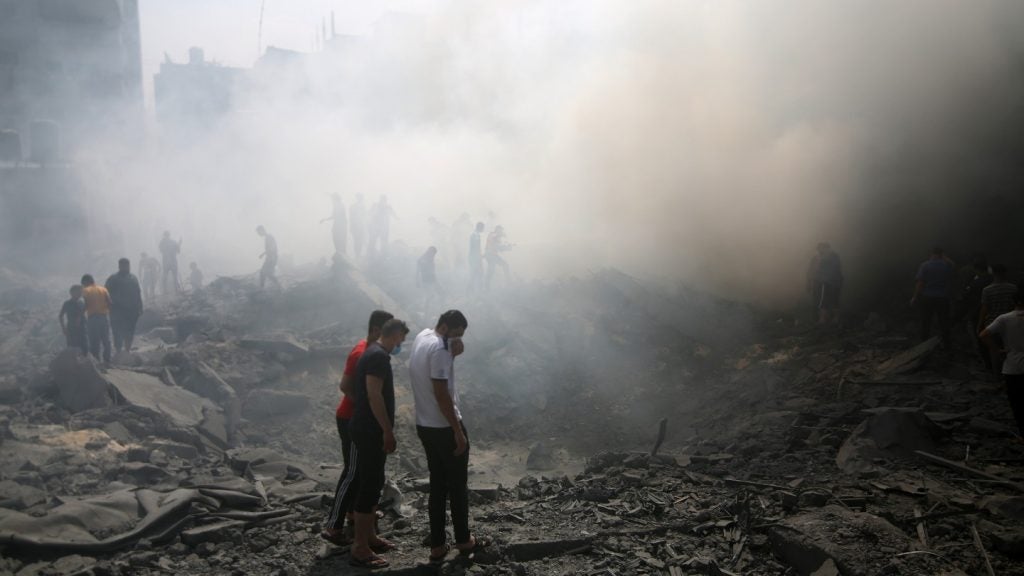The US Army announced on 9 February that it will be rapidly procuring 600 counter-uncrewed aircraft systems (C-UAS) from RTX for $75m, purchasing the Coyote 2C Interceptors with all actions completed in less than 30 days of authorisation and receipt of funding.
The Coyote, designed to interdict adversary aerial drones, is itself an uncrewed aerial system. Demonstrated to be effective when deployed in a swarm of 30 Coyotes, the vehicle can be used by the US Army to detect, track and destroy enemy uncrewed aerial vehicles and other low-swarming threats above the battlefield.
The contract signed under the Office of the Secretary of Defence’s rapid acquisition authority (RAA) on 16 January includes support for increasing the production capacity to meet the demand.
RAA procedures are for the urgent acquisition and deployment of capabilities, and are usually employed where the equipment is based on proven technologies that can be fielded within period of two to 24 months, and do not require substantial development effort.
These procedures can be subject to exceptions as the Secretary of Defence considers appropriate.
RTX has previously supplied the Coyote to the US Army to support its Central Command operations, with a contract for $273m awarded in April 2023 for the delivery of Coyote effectors and Ku-band Radio Frequency Sensors (KuRFS).
Launched from the ground, with options to be deployed from a vehicle, the Coyote is a radar-guided interceptor with a non-kinetic variant, as well as a kinetic variant that incorporates a proximity warhead. It is a low cost vehicle, with a length of 26” and a wing-span of 58”. Its wings and tail-fins fold out it is launched from either a sonobuoy canister or launch tube.
It has a maximum air speed of 70 knots (kt) and a cruising speed of 55kt. It can operate at altitudes of 30,000ft above the mean sea level in non-icing conditions and has the ability to withstand wind speeds of 160.9kmph (100mph).











